Storage drives tend to have a shorter lifespan than other PC components. The mechanical parts of hard drives wear out after constant use, while SSDs tend to have limited write cycles and can reach their end once that count runs out. Since you wouldn’t want to lose your essential files when your storage drive kicks the bucket, most PC enthusiasts frown upon using aging HDDs and SSDs in their setup.
But if you’ve got old hard drives and SSDs lying around like I do, you don’t have to throw them out just yet. As long as they aren’t nearing their end of life, you can use them in a couple of quirky and fun ways. While I’d never keep anything remotely important on old drives, I get a lot of use out of them in my home lab.
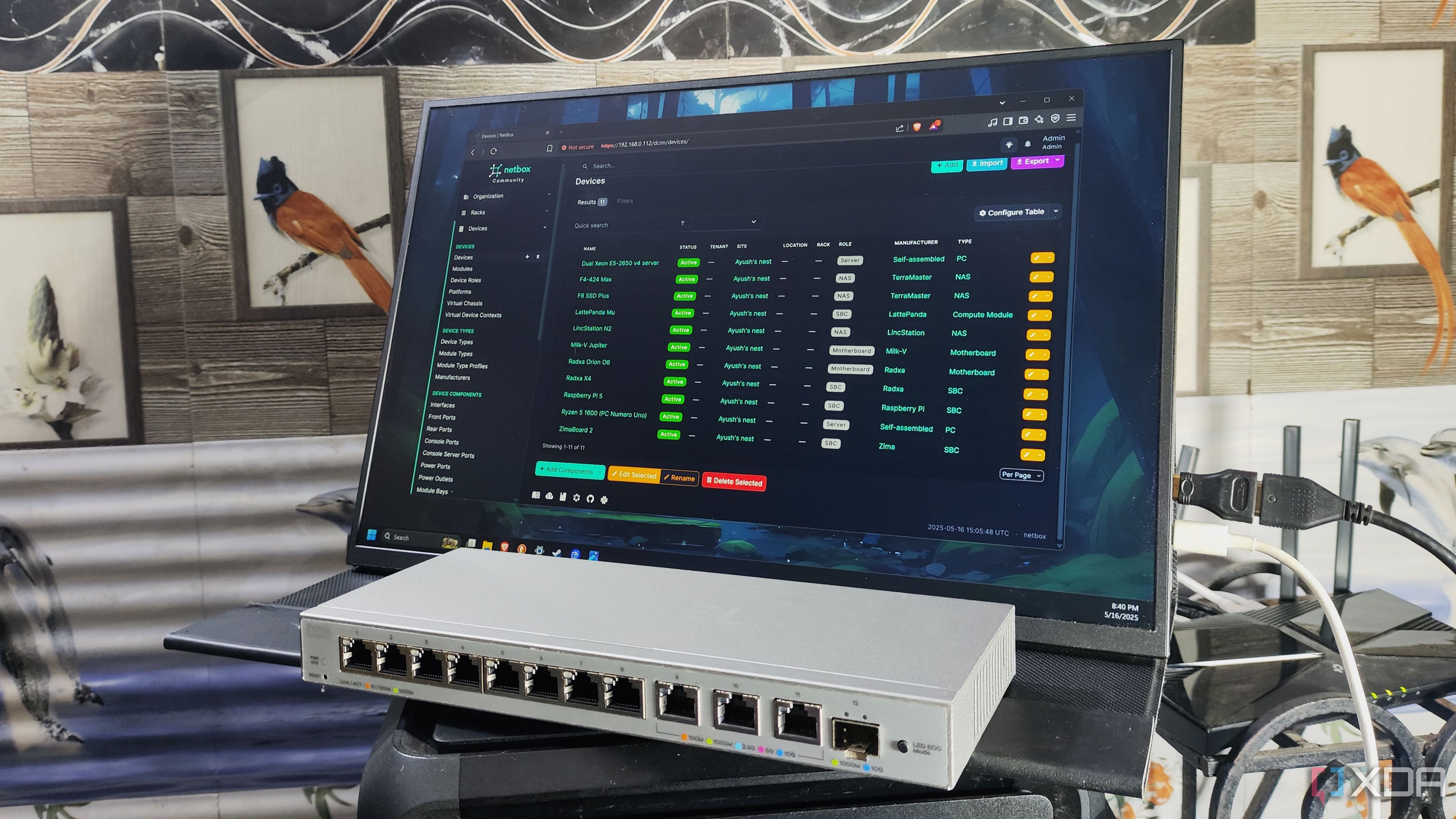
Related
I mapped every machine in my home lab with this free tool
Capable of documenting even the most complex server setups and network stacks, NetBox is a must-have for any home labber
6 SSD cache
When you can’t upgrade your RAM
Capable of leaving their HDD rivals in the dust, modern NVMe drives are known for their blazing-fast speeds. This makes them fairly useful for SSD caches where the operating system can temporarily store frequently accessed data. If your PC or NAS relies on hard drives, you can repurpose your spare NVMe drive as the SSD cache.
Of course, a RAM upgrade is always better than an SSD cache. But if your NAS or mini-PC has soldered memory, using an old SSD as the caching device can improve the transfer speeds of the remaining drives. Plus, if your OS is starting to feel sluggish, an SSD can make it snappier and more responsive.
5 Backups of backups
More like secondary or tertiary backups
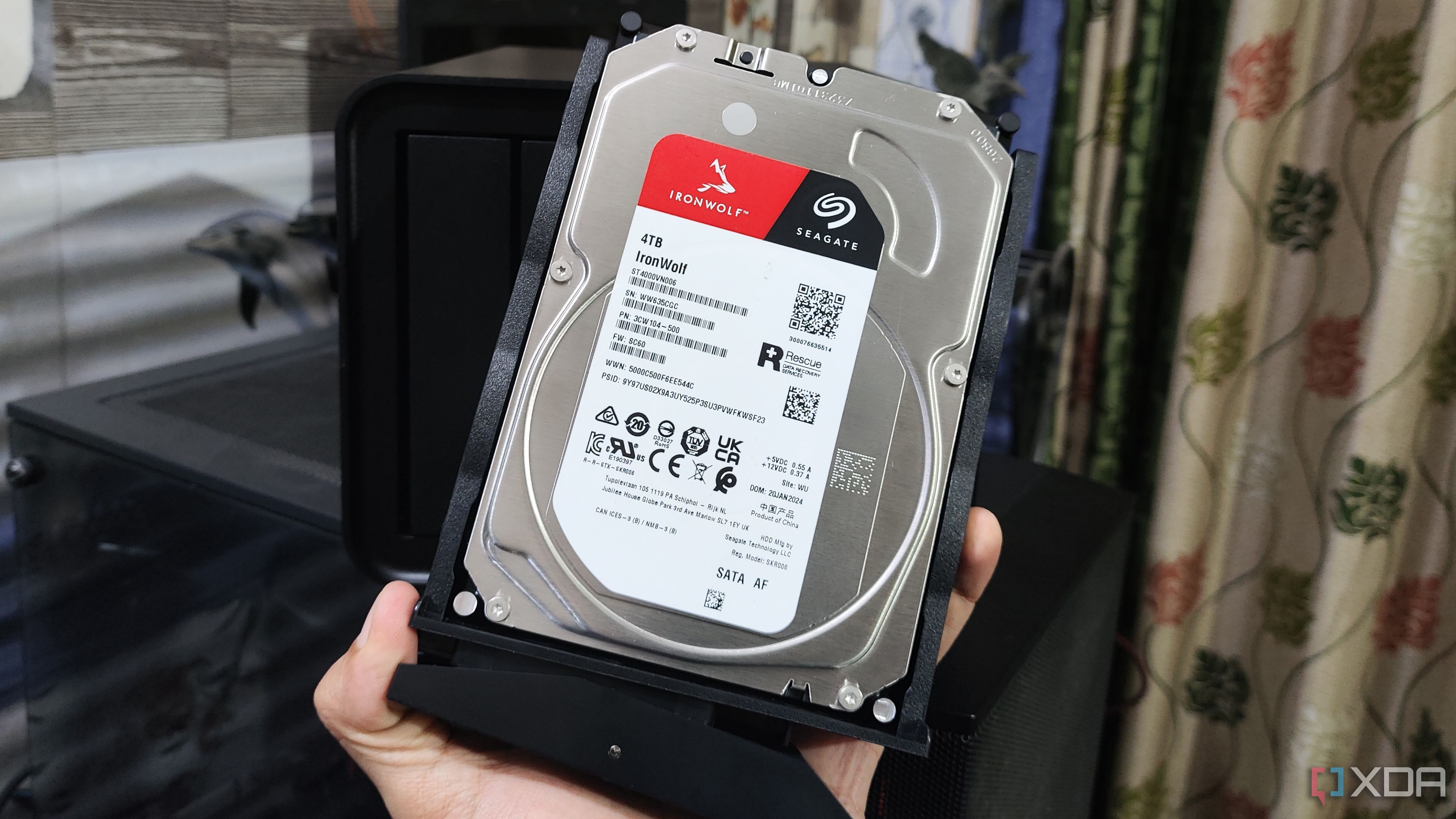
Old drives are far from ideal for storing files – or even backups, for that matter. However, secondary (or better yet, tertiary) backups are a different story altogether. When you’re backing up your essential data, you’ll want to have a couple of redundant copies for extra protection, even if you follow the 3-2-1 rule.
I call these extra copies backups of backups and often keep them safely tucked away in my PC closet for a rainy day. Since these drives don’t see a lot of use, I prefer using old HDDs instead of their SSD counterparts. As long as the hard drive in question is free from errors in S.M.A.R.T. tests, it can serve as a decent archival storage device for your backup files.
4 High-speed USB drives
Bonus points if you use an NVMe drive
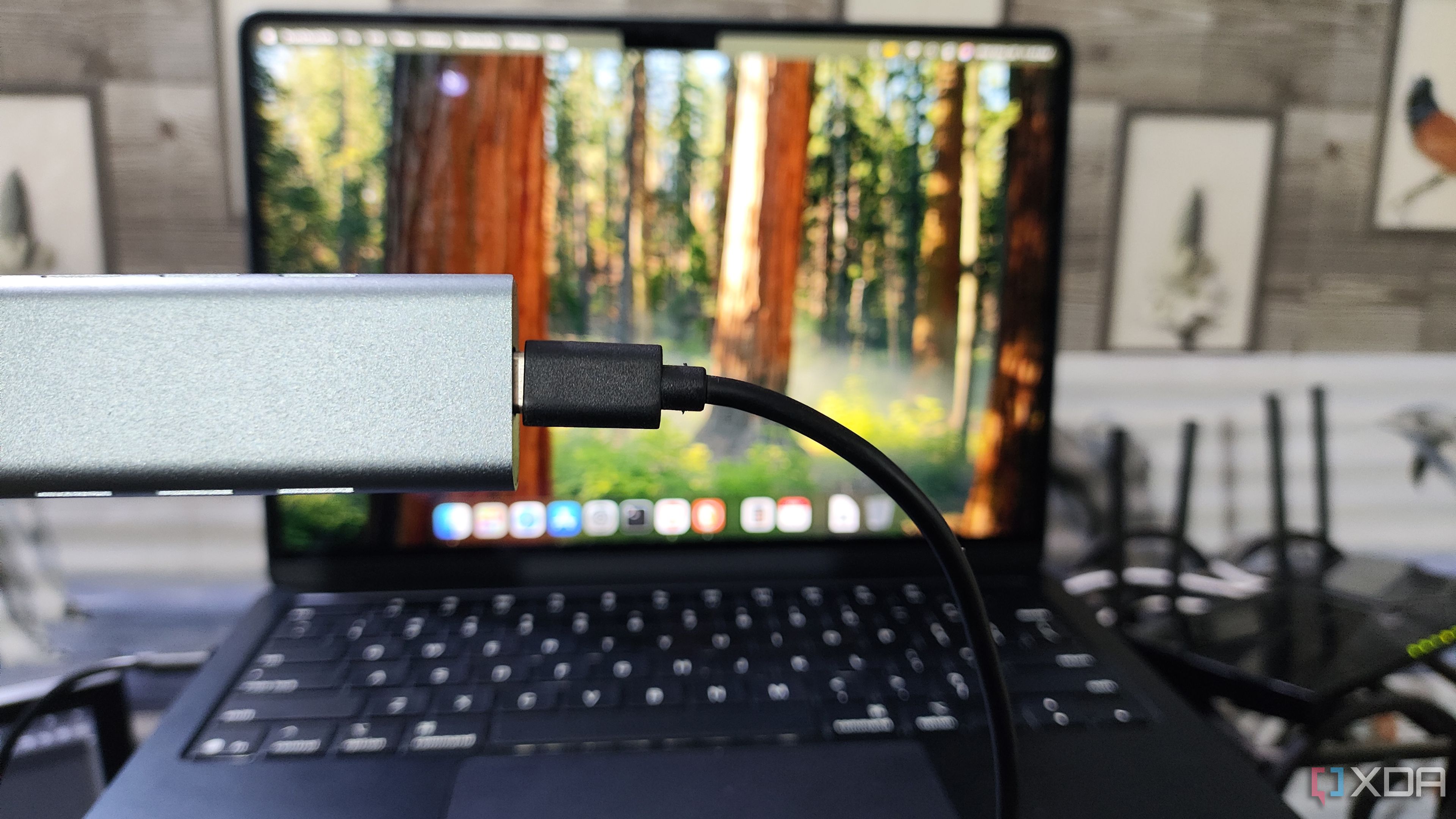
External drives aren’t exactly cheap, and you’d be hard-pressed to find one that can hold a candle to the transfer speeds of NVMe drives. With newer USB standards pushing the speed threshold even further, it’s possible to create a high-speed drive capable of transferring files at a breakneck speed.
I recently used one such NVMe enclosure, and it turned my old SSD into a terrific thumbstick. Heck, it’s my favorite way of storing non-essential files on my MacBook, as I can’t just dig it open and replace the 256 GB SSD.
3 Storage drive for my Steam library
Especially useful for games I rarely play these days
Over the years, video games have ballooned in size. The size inflation has gotten so bad that you could run out of space on a 500 GB drive just by installing Ark with all its DLCs. Despite keeping two spare 1TB SSDs on my PC just for games, I still have to uninstall older games to make room for the new releases a couple of times every year – and I haven’t even talked about the sheer size of 4K texture packs and total conversion mods for my favorite games.
Luckily for me, I’ve got some spare HDDs and SSDs that I can use to offload some of my Steam games. Thanks to the iSCSI protocol, I don’t even have to slot these drives into my PC; configuring them as the iSCSI target inside my NAS is more plausible than you might believe. With an NVMe drive and a fast 10 Gigabit Ethernet connection, loading times are nearly identical, and latency remains minimal, even in fast-paced open-world games.
2 Experiment with distros and self-hosted services
Perfect for testing wacky distribution and weird apps
As a home lab fanatic, I often use my workstation to work on DevOps and sysadmin projects, and have a full-on development environment virtualized inside my server PC. I’ve also set up a handful of virtual machines to host my container stack and frequently create new VMs to play with unique Linux distributions.
But running all these tasks requires a lot of storage space. Again, I’d never suggest using any ol’ HDD or SSD to store important virtual machine or container data. But if it’s just a couple of experimental virtual guests, I typically use my old drives to test them before moving them over to my primary LVM should I find them handy for my tinkering setup.
Old HDDs are a terrific companion to my Frigate server

Surveillance cameras are a great way to bolster the security of your living space. However, it’s easy to run out of storage space when you’re recording high-resolution footage 24/7. I often retain at least 15 days' worth of footage from my surveillance cameras, because that’s the maximum amount of data my drives can store.
Luckily, used hard drives as well as the HDDs salvaged from my old computers are really useful for increasing the storage capacity of my surveillance system. Since I don’t really need to worry about losing footage older than a fortnight, I’d store anything captured beyond that point on my used drives.
Just don’t rely on them as your primary storage
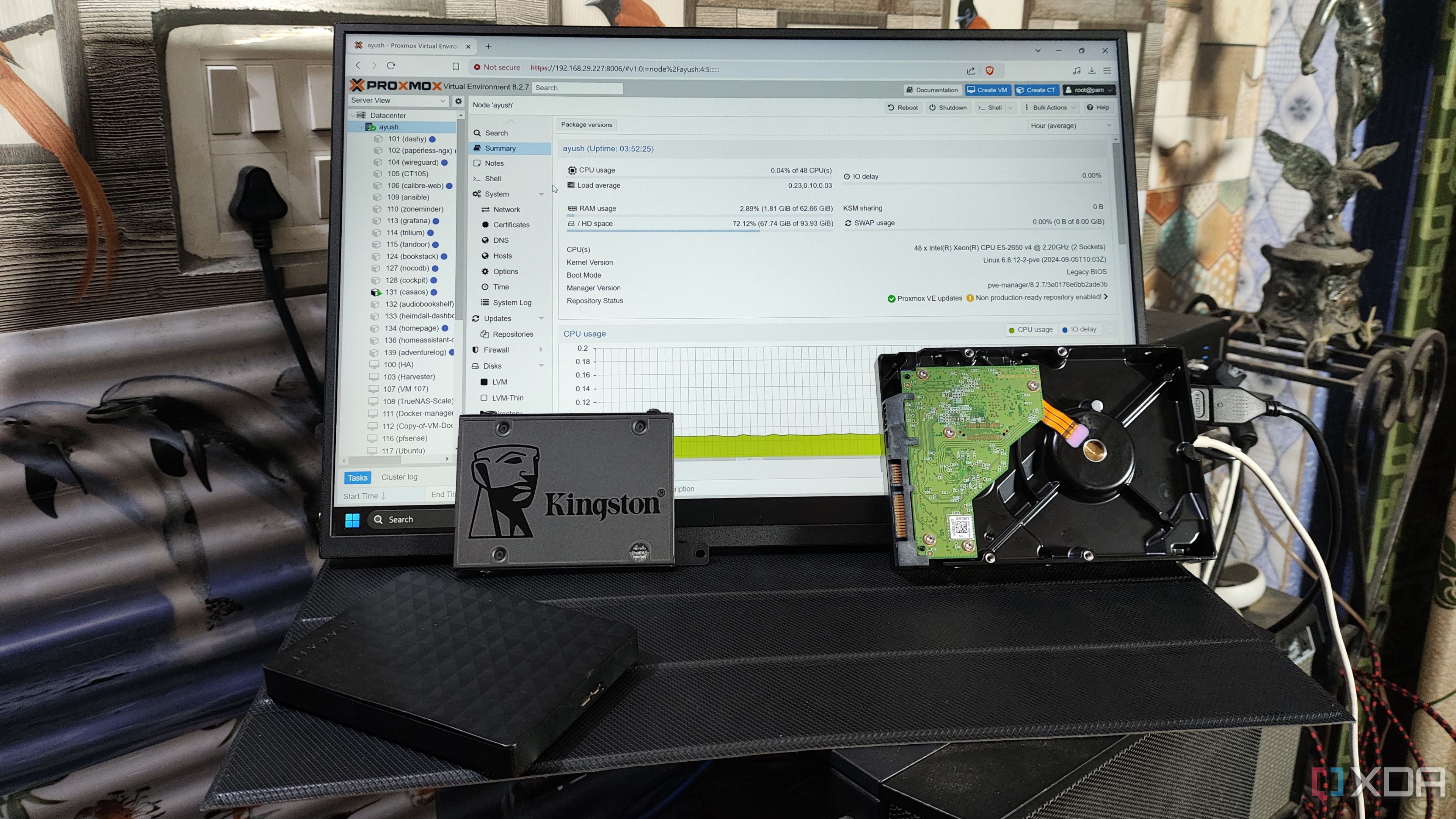
A few weeks ago, I bought a couple of refurbished drives from Amazon – and they weren’t enterprise-grade by any means. I’ve been using them for nearly a month now, and have yet to notice any weird errors. Of course, I thoroughly vetted them for Uncorrectable Sector Count, Seek Error Rates, and other critical issues before I started using them. And I’d never use these drives in my primary RAID array to store anything I'd regret losing. But these refurbished drives (and even the rest of the HDDs and SSDs in my home lab) are cost-effective solutions for tertiary backups, game drives, and surveillance storage.
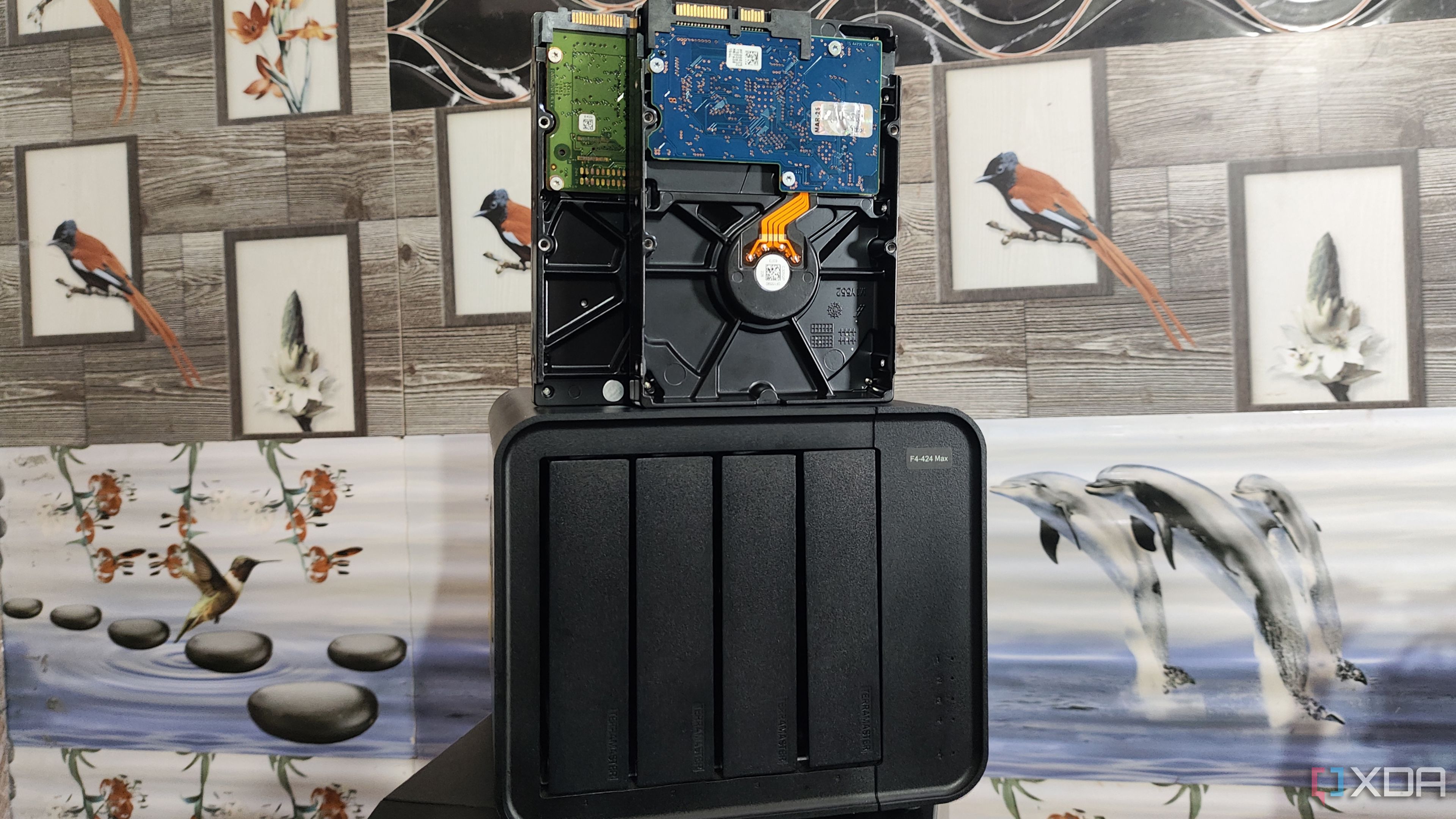
Related
I ordered refurbished HDDs for my NAS - are they really that bad?
While I wouldn't use them to store essential files, refurbished drives are somewhat useful in cost-effective file-sharing servers
.png)
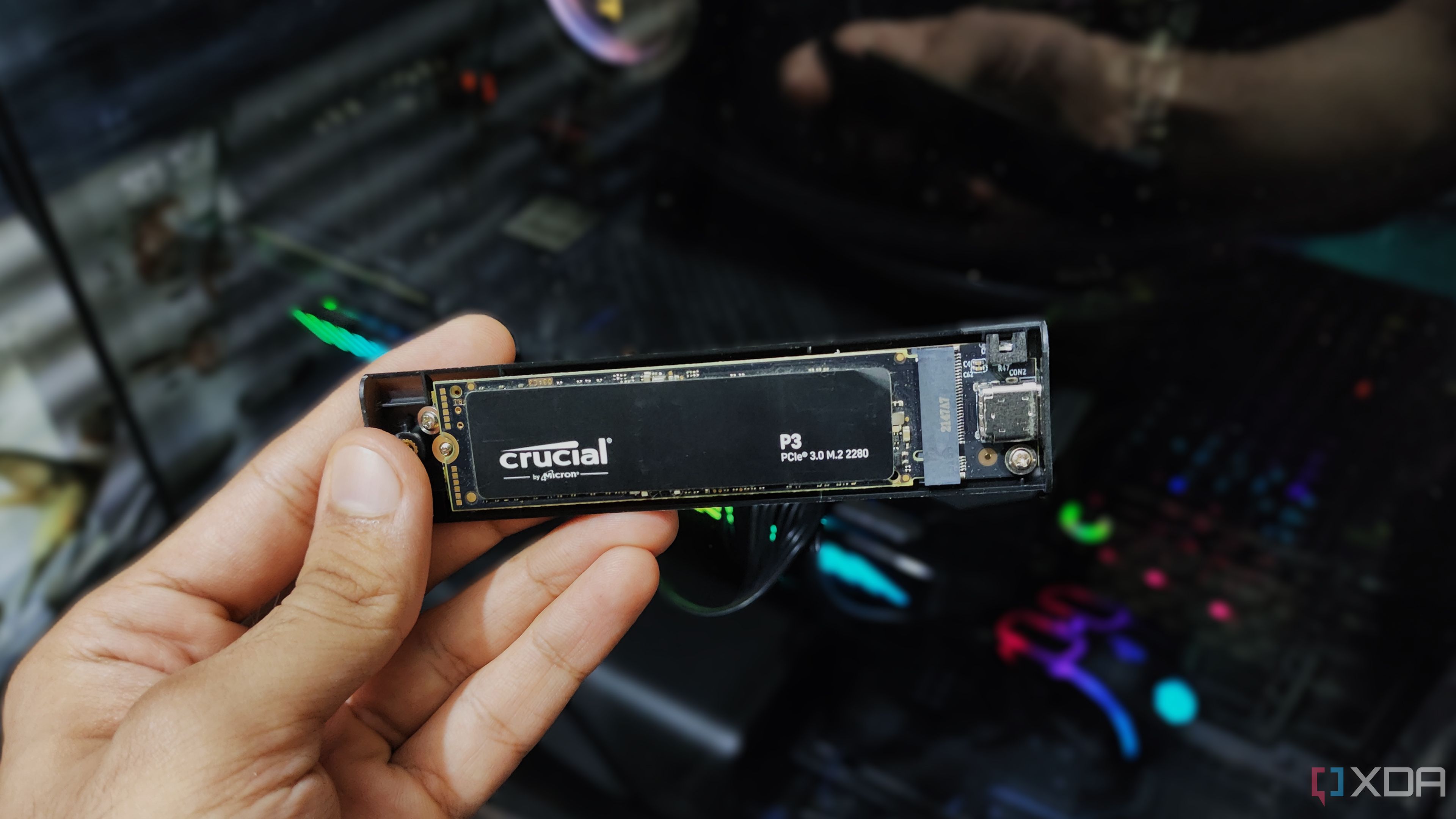
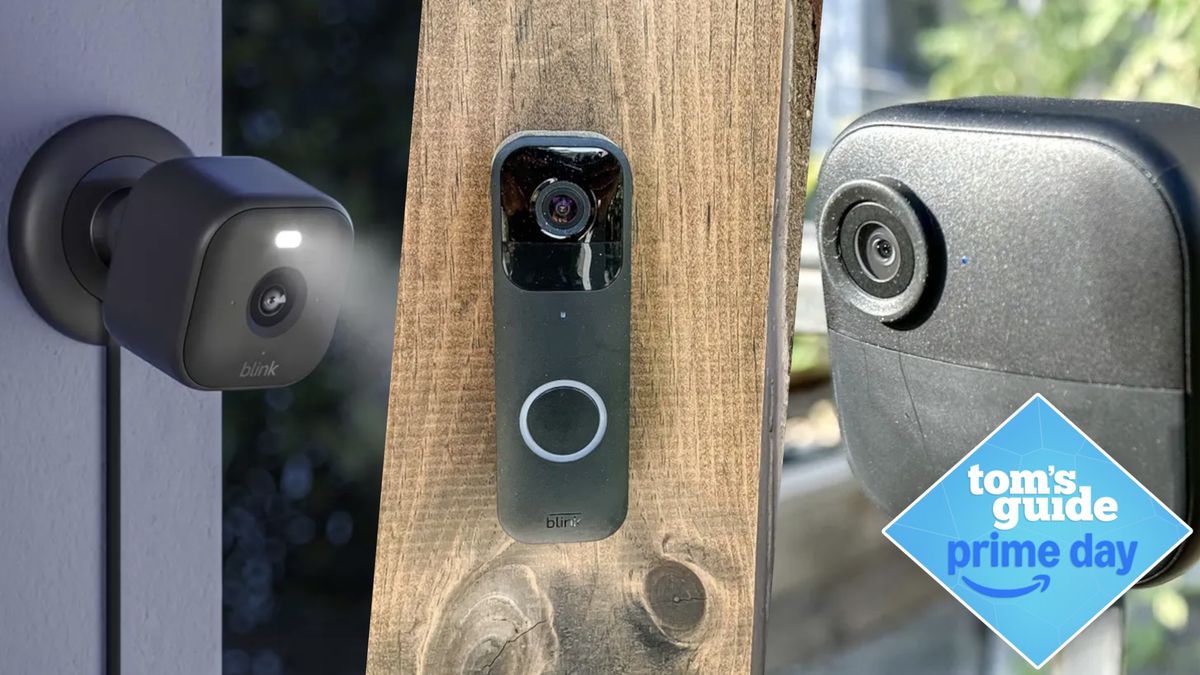










 English (US) ·
English (US) ·